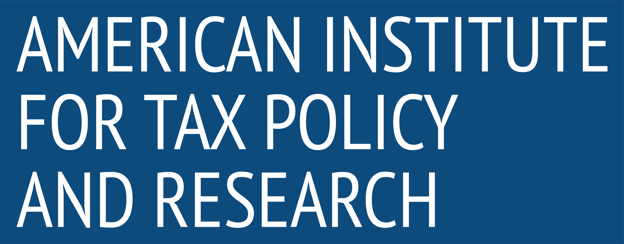Property Tax Report: Trends, Assessments, and Policy Analysis
Property taxes are a significant source of revenue for state and local governments, funding essential services such as education, infrastructure, and public safety. This report examines property tax trends across the United States, including assessments, rate variations, and policy considerations.
1. Understanding Property Taxes
1.1 How Property Taxes Are Assessed
Property taxes are based on the assessed value of real estate.
Local assessors determine values using sales comparisons, income potential, and cost methods.
States differ in their property assessment frequency, with some requiring reassessments annually and others every few years.
1.2 Property Tax Rate Structures
Rates are often expressed as millage rates (e.g., $1 per $1,000 of assessed value).
Some states apply uniform rates, while others allow local jurisdictions to set their own rates.
Effective Tax Rate (ETR) varies significantly based on exemptions and assessment methodologies.
2. Property Tax Trends Across the U.S.
2.1 States with the Highest Property Tax Rates
New Jersey (2.23%): Highest effective property tax rate in the country.
Illinois (2.08%): High reliance on property taxes for funding local services.
New Hampshire (1.93%): No state income or sales tax, relying heavily on property taxes.
2.2 States with the Lowest Property Tax Rates
Hawaii (0.31%): Benefits from high tourism revenue, reducing reliance on property tax.
Alabama (0.41%): Constitutionally capped property tax rates.
Louisiana (0.52%): Low rates due to state constitutional exemptions.
2.3 Urban vs. Rural Tax Trends
Metropolitan areas tend to have higher property taxes due to higher land values and demand for public services.
Rural areas may have lower property tax burdens but rely on alternative revenue sources.
Some states offer circuit breaker programs to limit property tax increases for low-income homeowners.
3. Property Tax Exemptions and Relief Programs
3.1 Homestead Exemptions
Reduce taxable home value for primary residences.
Examples: Florida ($50,000 exemption), Texas ($40,000 exemption).
3.2 Senior Citizen and Disabled Veteran Exemptions
Many states offer reductions or freezes for seniors and veterans.
Example: Texas exempts a portion of property tax for disabled veterans.
3.3 Agricultural and Conservation Tax Benefits
Special assessments for farmland and open space to promote preservation.
Example: California’s Williamson Act offers reduced rates for agricultural land.
4. Property Tax Policy Considerations
4.1 Challenges of Property Tax Assessments
Assessment Inequities: Differences in reassessment cycles create disparities.
Gentrification Effects: Rising home values increase property tax burdens for long-term residents.
Taxpayer Appeals: Many homeowners challenge their assessments, leading to administrative backlogs.
4.2 Policy Proposals for Property Tax Reform
Caps on Annual Increases: Some states limit tax hikes to protect homeowners (e.g., California’s Prop 13 limits increases to 2% per year).
Split-Rate Taxation: Taxing land at a higher rate than buildings to encourage development.
Means-Tested Tax Credits: Providing property tax relief based on household income.
Conclusion
Property taxes remain a critical component of local government revenue, but disparities in assessments and tax burdens create challenges for homeowners and policymakers. Understanding trends, exemptions, and policy reforms can help ensure a fair and sustainable property tax system. For continued research and insights, visit the American Institute for Tax Policy and Research (AITPR).


